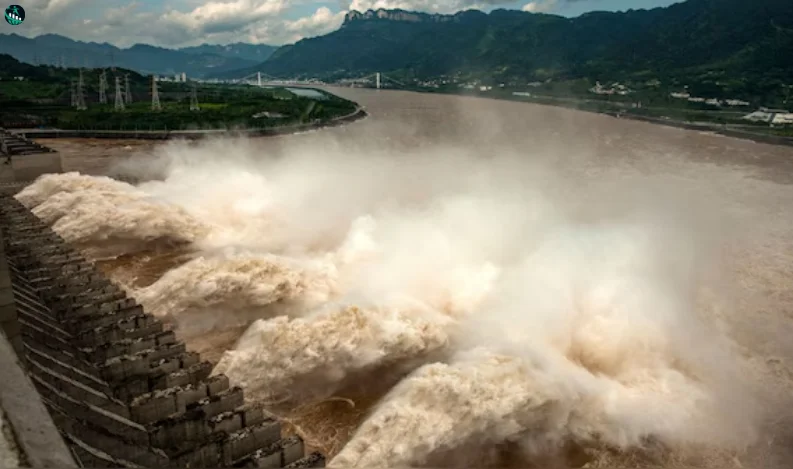
China’s Mega Dam in Tibet and Its Impact on India
New Delhi: China’s ambitious plan to construct the world’s largest hydropower dam on the Yarlung Zangbo River in Tibet has sparked significant concerns in India. The dam, expected to generate 300 billion kWh of electricity annually, will be located near the point where the river turns towards Arunachal Pradesh and becomes the Brahmaputra.
This project, a key part of China’s 14th Five-Year Plan, is set to surpass the scale of the Three Gorges Dam. However, its implications for India’s water security and regional stability are raising alarms.
Major Concerns for India
-
Water Control Risks:
China’s position as the upper riparian state allows it to control the flow of the river. This could lead to sudden water releases, causing floods, or restrict flows, creating water shortages downstream in India. -
Geopolitical Tensions:
The dam project is likely to heighten existing tensions between India and China, particularly in the sensitive border areas. Experts have warned that such projects could lead to “water wars” if not managed cooperatively. -
Dependence on China:
India’s reliance on the Brahmaputra for agriculture and water supply could place it at a disadvantage, with China gaining significant leverage through its control of upstream resources. -
Environmental Threats:
Sudden water releases from the dam could trigger flash floods, while reduced flow could harm ecosystems and livelihoods in the northeastern states. -
Strategic Concerns:
During conflicts, China’s ability to manipulate water flow could be used as a strategic tool, potentially flooding border areas or disrupting essential water supplies.
India’s Countermeasures
In response, India is constructing its own hydropower projects along the Brahmaputra in Arunachal Pradesh. The country is also seeking data-sharing agreements with China to ensure transparency in river management. National Security Adviser Ajit Doval recently discussed this issue with Chinese officials during a meeting on December 18.
While the dam symbolizes China’s engineering ambitions, it also underscores the urgent need for dialogue and cooperation to avoid potential conflicts and ensure sustainable management of shared water resources.



Recent Comments: